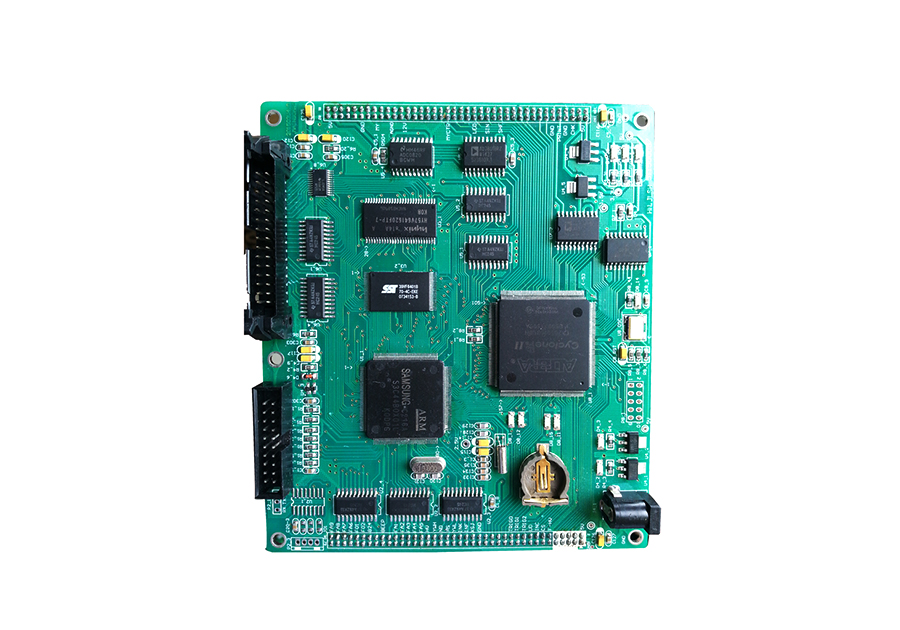-
CN
-
Service Hotline
+8618129931046 Mr. Liao


Time:2025-06-24 Views:1

The design of digital-analog mixed circuits in printed circuit boards (PCBs) presents unique challenges and requires careful consideration of various factors to ensure optimal performance. Digital circuits operate on discrete voltage levels representing binary values, while analog circuits deal with continuous electrical signals. Combining these two types of circuits on a single PCB necessitates strategies to minimize interference and ensure reliable operation.
One of the primary concerns in digital-analog mixed circuit design is electromagnetic interference (EMI). Digital circuits generate high-frequency switching signals, which can radiate electromagnetic energy and interfere with the sensitive analog circuits. To mitigate this, proper grounding techniques are crucial. A dedicated analog ground plane and a digital ground plane are often created on the PCB, and they are connected at a single point, known as the star ground, to prevent ground loops. This separation of ground planes helps to isolate the digital and analog signals and reduce the coupling of noise between them.
Another important aspect is signal routing. Analog signals are more vulnerable to noise and distortion, so they should be routed on the PCB with short, direct paths and away from high-speed digital signals. Shielding can also be employed for sensitive analog traces, such as using ground traces to surround and protect the analog signal lines. Additionally, differential signaling can be used for analog signals, where two complementary signals are transmitted on a pair of traces. This helps to cancel out common-mode noise and improve the signal integrity.
Power distribution is also critical in digital-analog mixed circuits. Digital circuits typically have higher current demands and can cause voltage fluctuations, which can affect the performance of analog circuits. Separate power supply regulators for digital and analog sections are often used to ensure stable voltage levels. Decoupling capacitors are strategically placed near the power pins of both digital and analog components to filter out high-frequency noise and provide local energy storage.
Furthermore, component placement is key. Digital and analog components should be grouped separately on the PCB to minimize the length of signal traces crossing between the two domains. High-speed digital components, such as microprocessors and memory chips, should be placed in a way that their clock signals do not interfere with analog components. By carefully addressing these aspects of design, engineers can create digital-analog mixed circuit PCBs that offer reliable and high-performance operation, enabling the integration of diverse electronic functions in modern electronic devices.